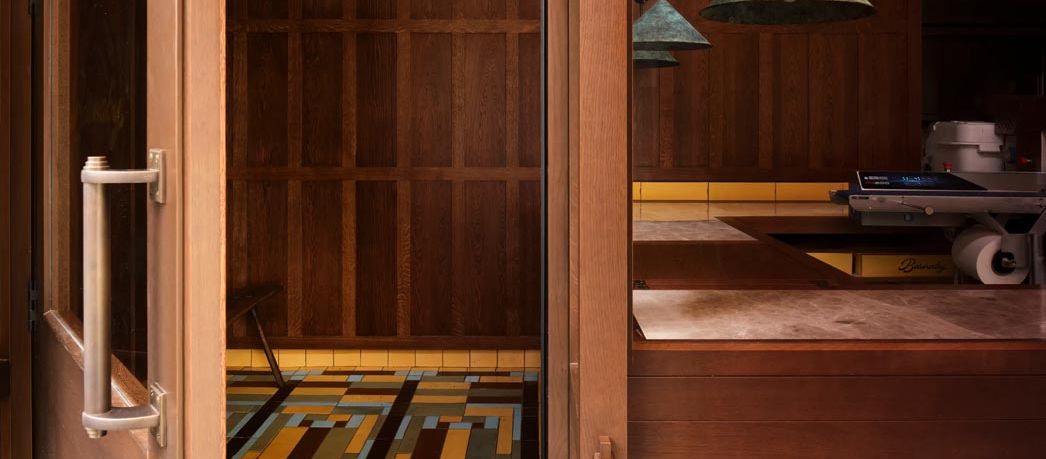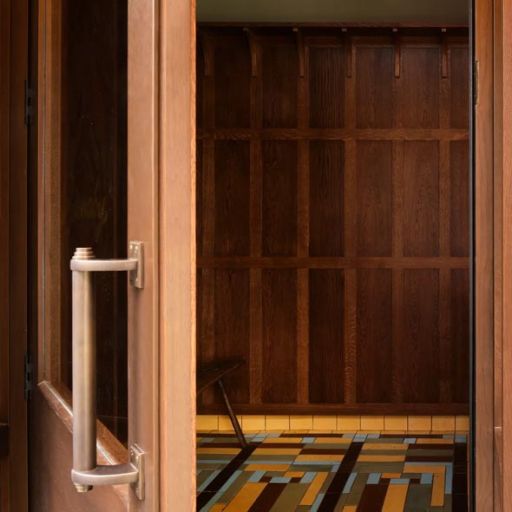
Part 1 - Connecting With The Outside World
04.02.2025
5 minutes
1.The ‘S’ word
Sustainability is arguably one of the most complex and contentious topics today. Every product or service comes with an environmental impact, and consumers are increasingly desensitised to token greenwashing and dubious claims. This erosion of trust has left consumers demanding greater transparency and honesty from brands. Authentic sustainability must be embedded in every facet of a business—from systems, tools, and processes to materials, packaging, and even the retail spaces where products are sold.
While Gen-Z claims to prioritise sustainability, their loyalty can be tested by the convenience of fast fashion and competitive pricing. They want to align with brands that reflect their values but expect those brands to take the lead in driving change.
Achieving true sustainability requires a ground-up approach—starting with product design and development and continuing through to delivery. Physical retail spaces should be a tangible reflection of a brand’s sustainability mission.
Cos's Edinburgh store is a great example of this, incorporating eco-friendly clay cladding and recycled, repurposed materials to align with their commitment to reducing CO2 emissions. As pressure on the fashion industry mounts, we anticipate more brands will adopt similar measures, ensuring their retail environments reflect their commitment to a sustainable future.
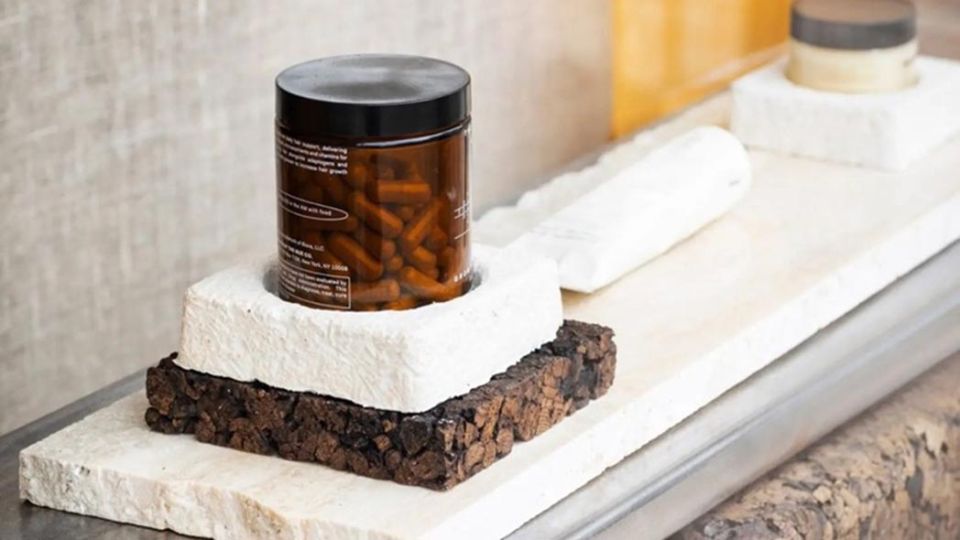
Images Big Beauty
Burberry’s new pop-up in China reflects the brand’s eco-conscious ethos. The concept uses locally sourced materials and energy-efficient features to align with the brand’s environmental goals. As pressure increases on the fashion industry these considerations are a must for both brand success and customer expectations.
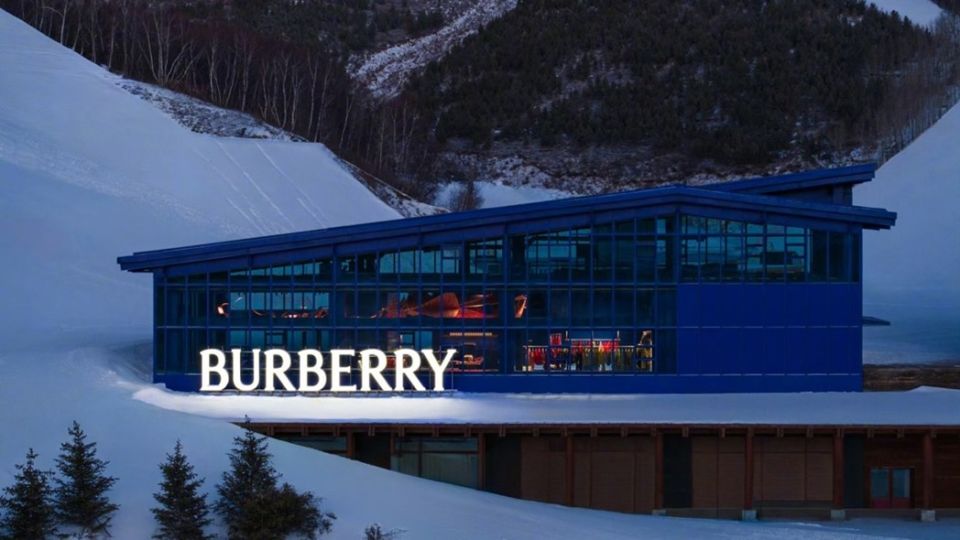

Image – Jing Daily
Brands prioritizing services – like upcycling workshops or product lifecycle transparency – over sales will foster greater loyalty and trust. This approach is crucial in re-establishing trust to combat the greenwashing prevalent within the industry in recent years.
2.Connecting with Colour
Pantone's 2025 Colour of the Year, "Mocha Mousse," counters the prevailing futuristic aesthetic with a comforting palette evoking chocolate, coffee, and indulgence.
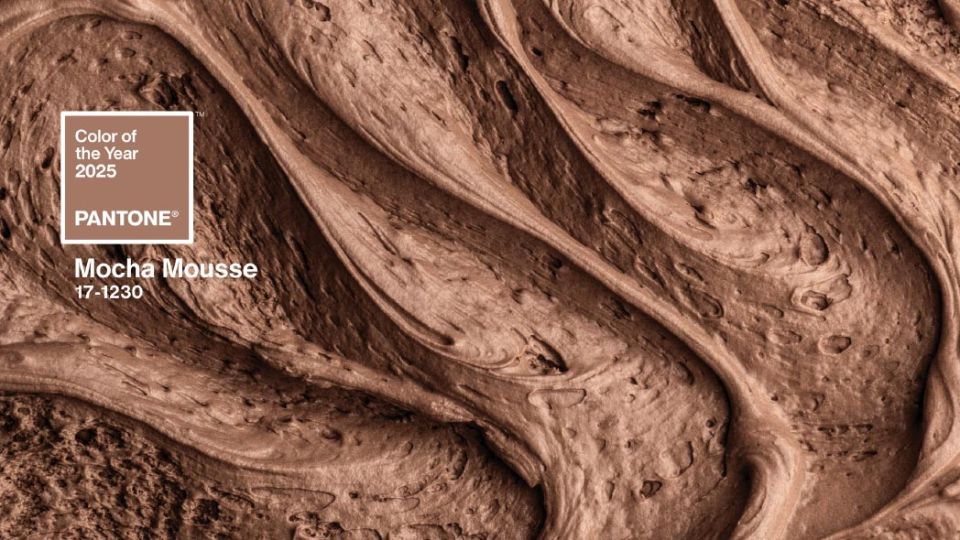
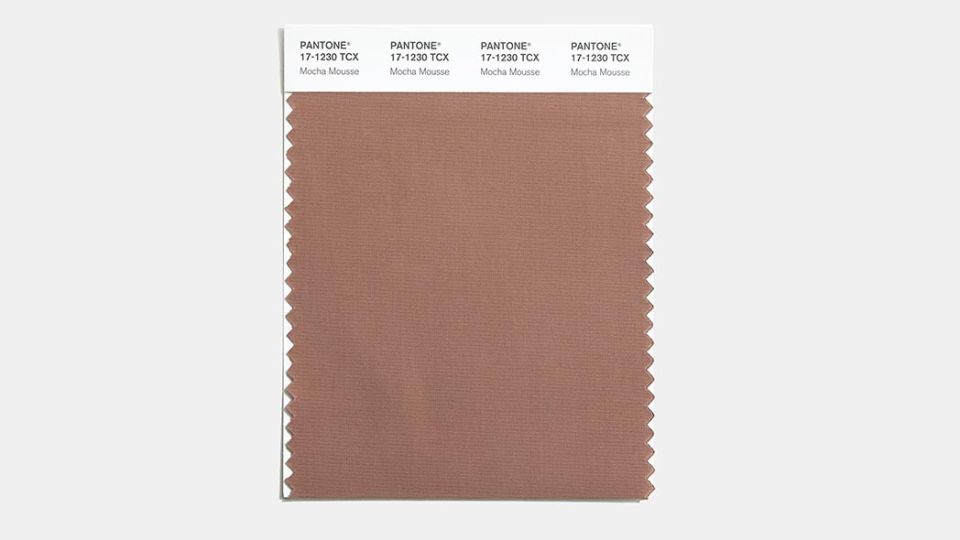
Image - PANTONE.COM
These colours have permeated the fashion industry, notably exemplified by the The North Face x Skims collaborative collection.

SKIMS and The North Face HYPEBAE.COM
Mocha Mousse evokes a sense of warmth and comfort, while also creating a stronger connection to the environment and fostering feelings of nostalgia.
In Barnaby’s Covent Garden Chocolate Shop they have created a space using earthy browns to evoke a sense of warmth and comfort that seamlessly blends heritage and innovation. The store's characterful design, featuring stained oak cladding and traditional joinery, pays homage to tradition while celebrating the artisanal craftsmanship behind their chocolate and honouring the brand's English roots. It is the kind of store I would find hard to pass.
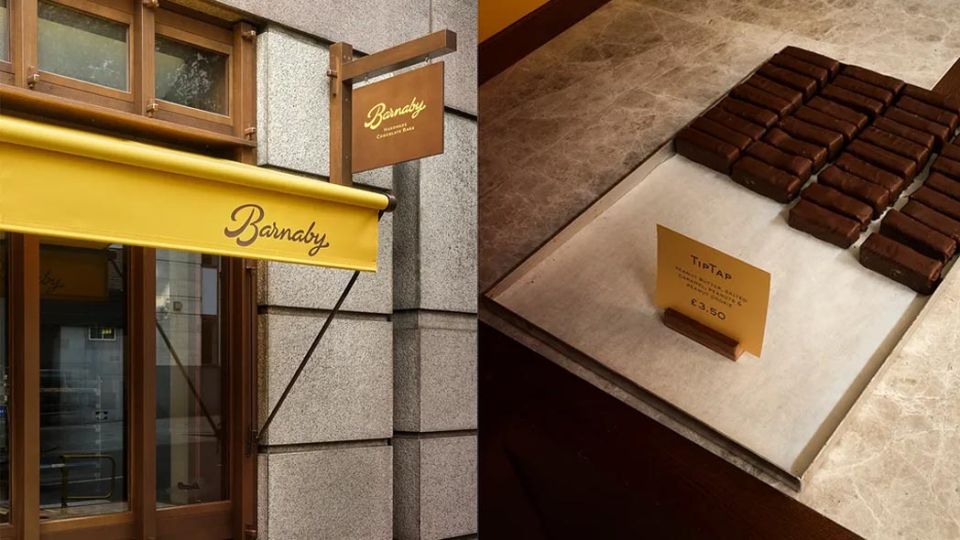
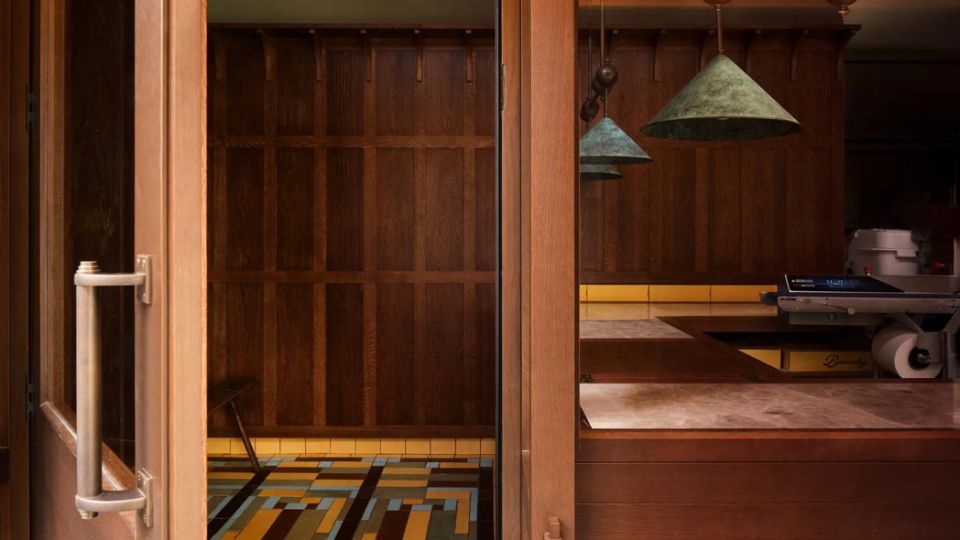
DEZEEN.COM -https://www.dezeen.com/2024/12/26/morrisstudio-built-works-barnaby-shop-london/
Aesop's Suzhou store embodies this trend with its warm brown tones, modern design, and respect for historical context. This carefully curated space resonates with the cultural essence of the area, creating a warm and inviting atmosphere where time seems to slow down, inviting exploration at your leisure.
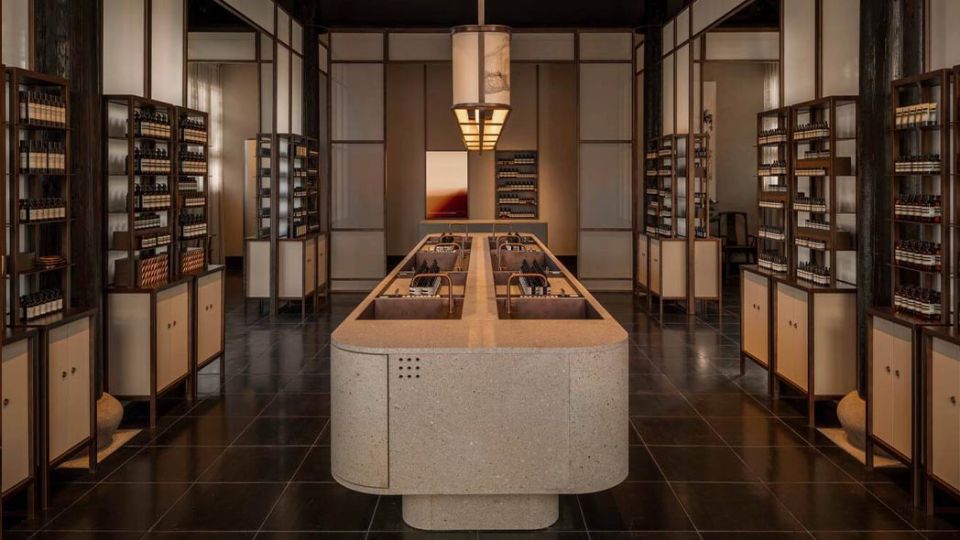
Aesop
WGSN's Colour of the Year for 2026 is "Transformative Teal," a fluid blend of dependable dark blue and aquatic green. This resonates with a period of change and redirection, as evidenced by a 9% YoY increase in teal-related searches on Google Trends. Following Pantone's 2025 "Mocha Mousse," Transformative Teal reflects a growing desire for an earth-centric mindset. We anticipate these colours will extend beyond fashion and significantly influence interior design trends.
We expect to see these colours transcend fashion and influence interior design over the next few years.
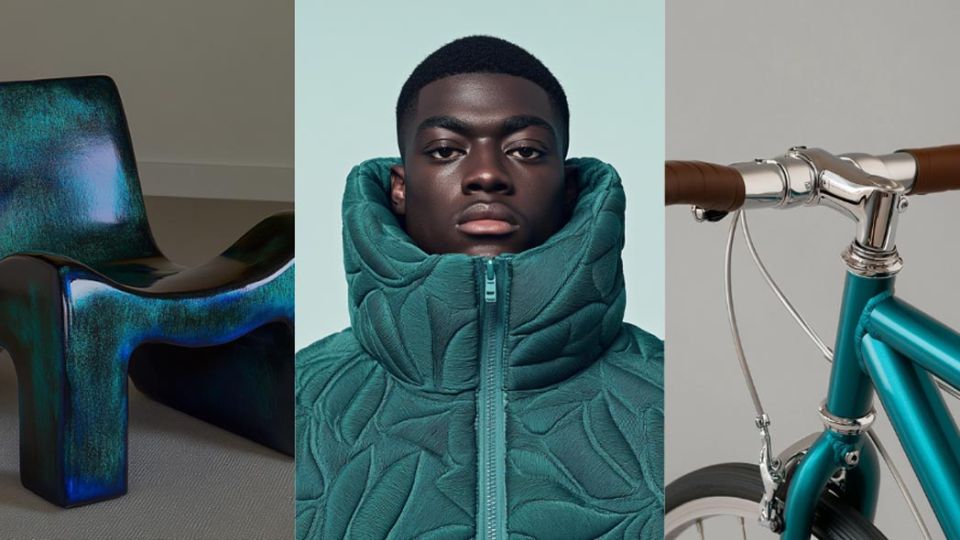
www.cosmeticsdesign-europe.com
3.Outside In
We're witnessing a growing appreciation for real-world connections and experiences. In recent years, our focus on digital interaction has sometimes overshadowed the value of in-person engagement. Brands, too, have prioritised digital strategies, often replacing physical experiences that would be more meaningful. The outside world is rapidly influencing fashion trends and interior design as we take an Earth-first mindset.
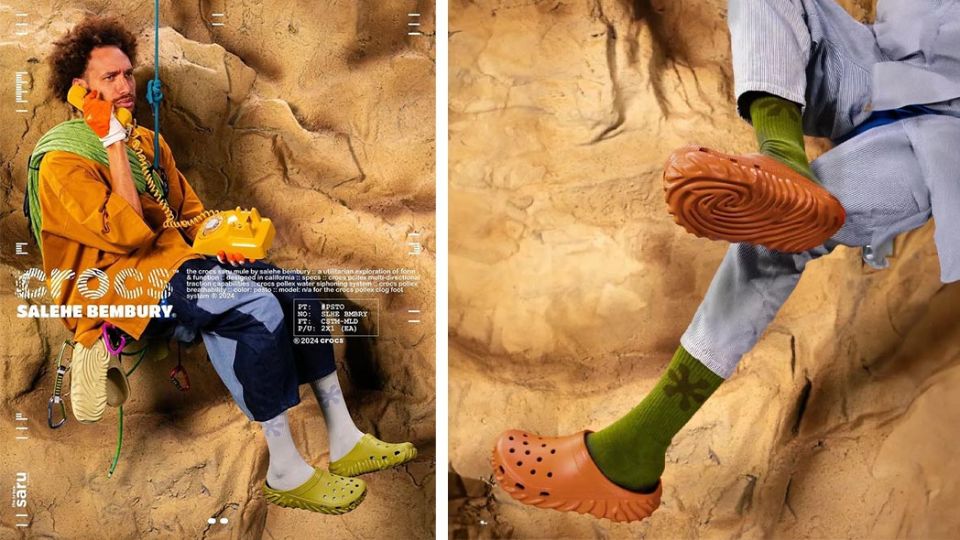
Crocs
With well-documented benefits of biophilic design we expect this to feature more and more within brand campaigns and retail interiors.
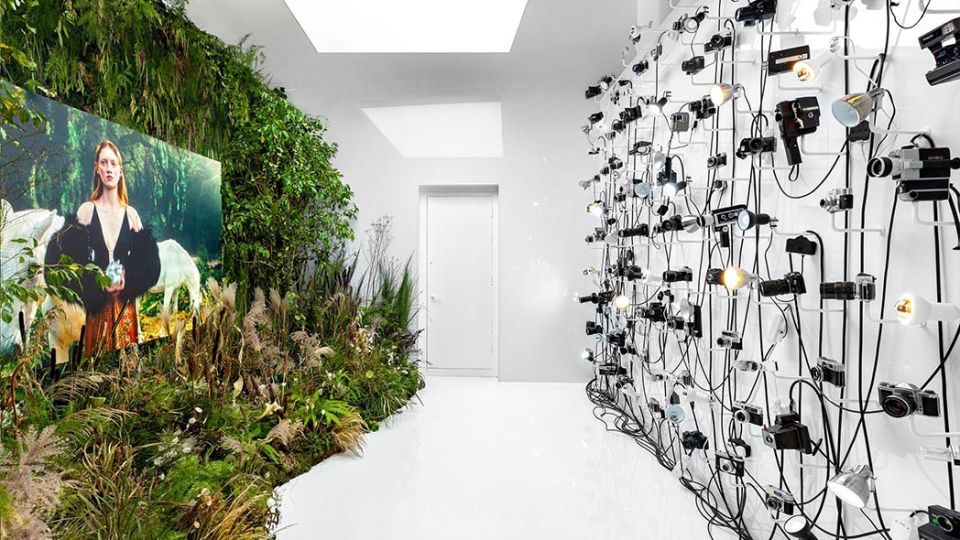
http://www.wildrenataflowers.com/floral-set-design-and-styling.html
This renewed focus on real-world experiences is also reflected in a growing desire for a more nature-centric lifestyle. Certain brands are already capitalising on this trend, incorporating nature-inspired aesthetics into their offerings and exploring events or business models that encourage outdoor engagement.
To launch Evening Glow, its debut rose fragrance line, Tamburins transformed its Shanghai store into a captivating rose-themed haven. Playful, oversized elements infused the space, creating a striking connection between the store's interior and the outside world.

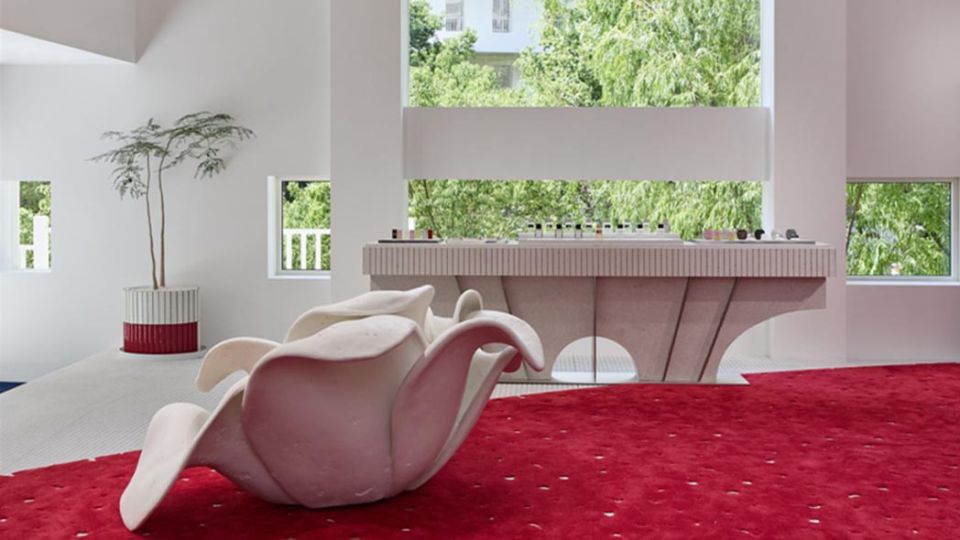
https://superfuture.com/2024/10/new-shops/shanghai-tamburins-flagship-store-opening/
Drawing inspiration from biophilic design, the integration of natural elements will be key to creating retail spaces that connect with consumers' growing desire for authenticity and a sense of connection to the natural world, aligning with the broader trend towards sustainability and mindful living. When we reflect on our most impactful memories, it's clear that physical experiences often leave a deeper mark than digital ones.
4.Futurism vs Warmth
Amidst the cold, hard edges of a world saturated by AI imagery and a stainless steel future, 2025 reveals a yearning for comfort and warmth as we stride towards the future.
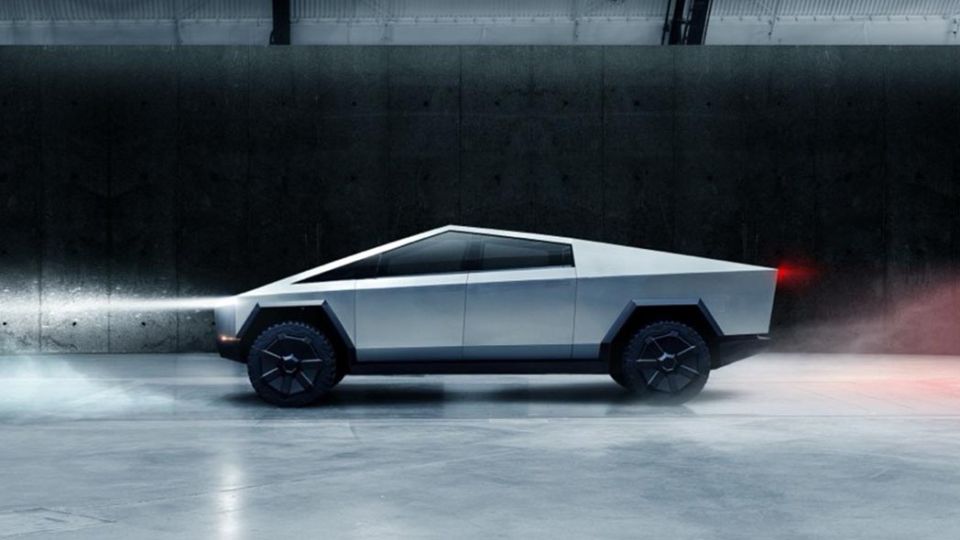
WIRED.COM
Must the future mirror Hollywood's Sci-Fi fantasies? Or can we break free from these assumptions and shape a future that truly reflects our desires?
In response to the sterile, "Futurism" aesthetic, many brands are creating warm, tactile spaces that prioritise well-being. This shift away from Instagram-worthy interiors focuses on building community-centric stores where customers enjoy spending time. These spaces, reminiscent of a welcoming hotel lobby, foster longer visits, strengthen brand loyalty, and boost employee morale.
BAPE's latest "BAPE THINK" concept store in Japan seamlessly blends modern aesthetics with warm, tactile elements like timber, rugs, and inviting lighting, creating a welcoming space to relax and explore.
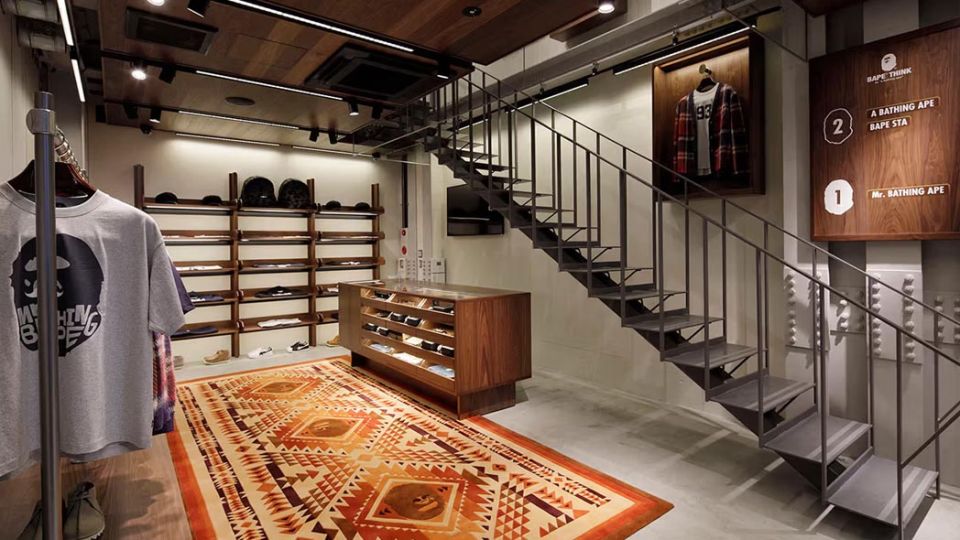
BAPE.COM
In 2025 we envision lifestyle and fashion brands prioritising warmer, more inviting spaces that focus on well-being, creating a positive experience for both customers and employees.

